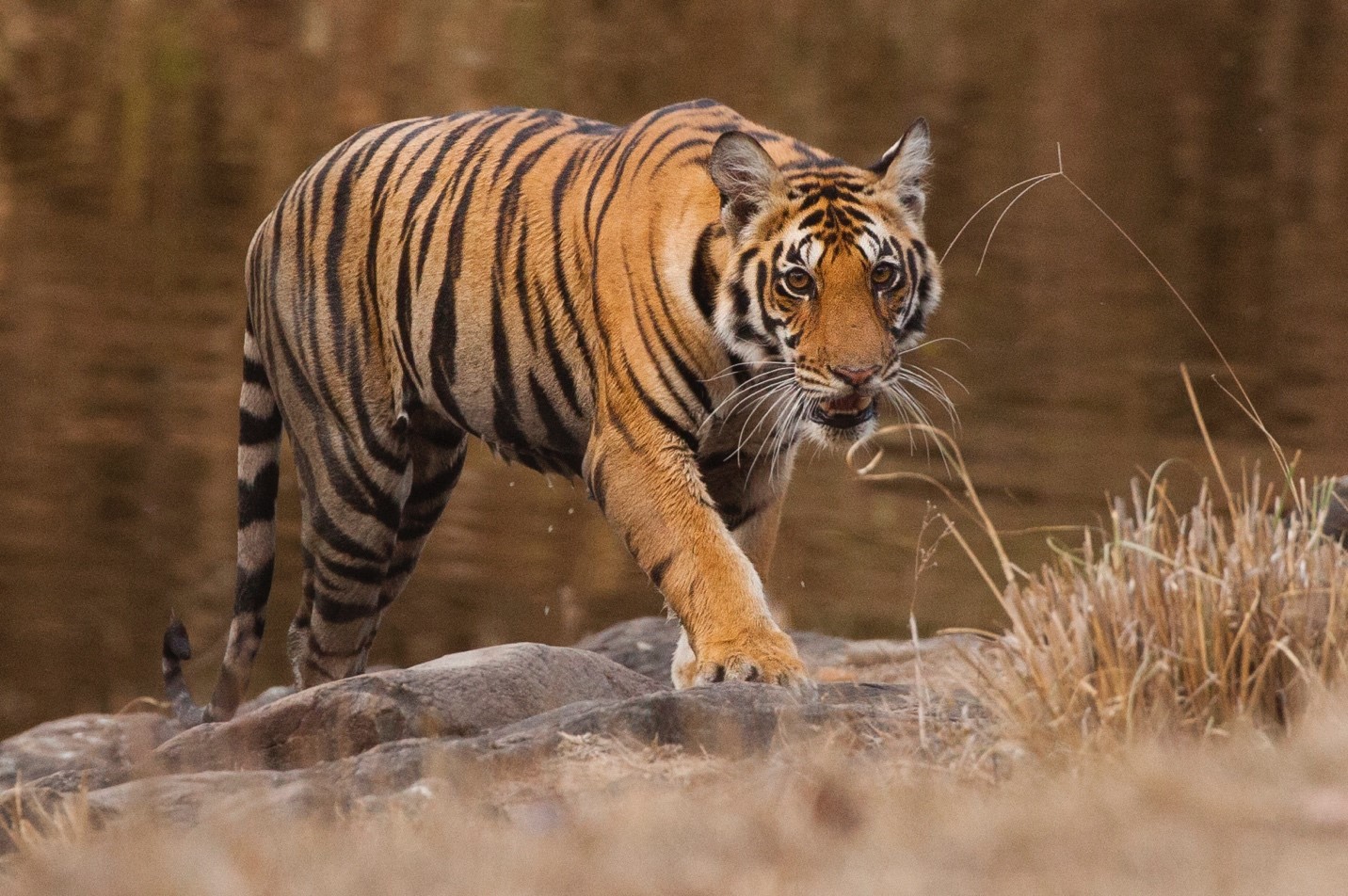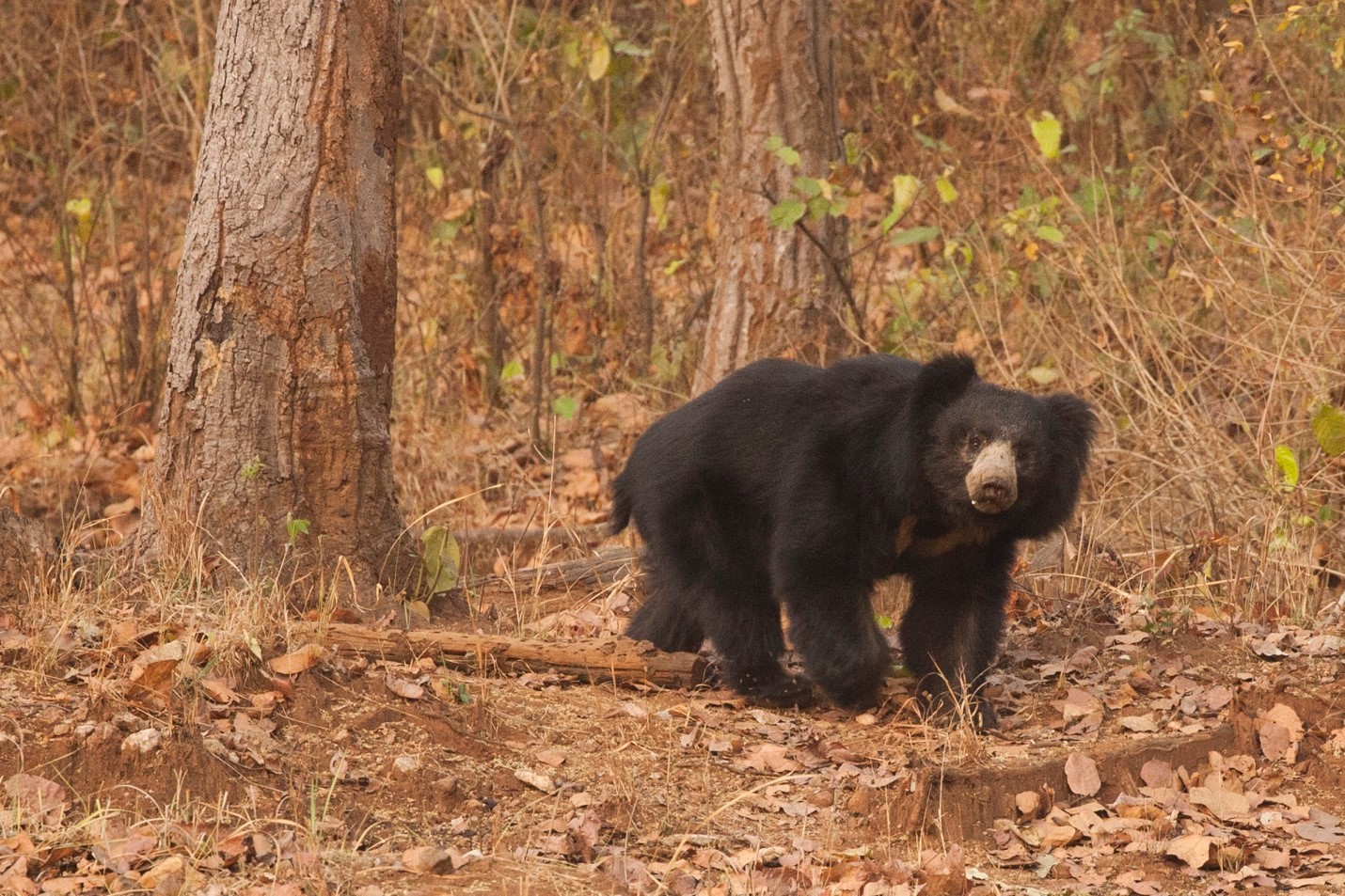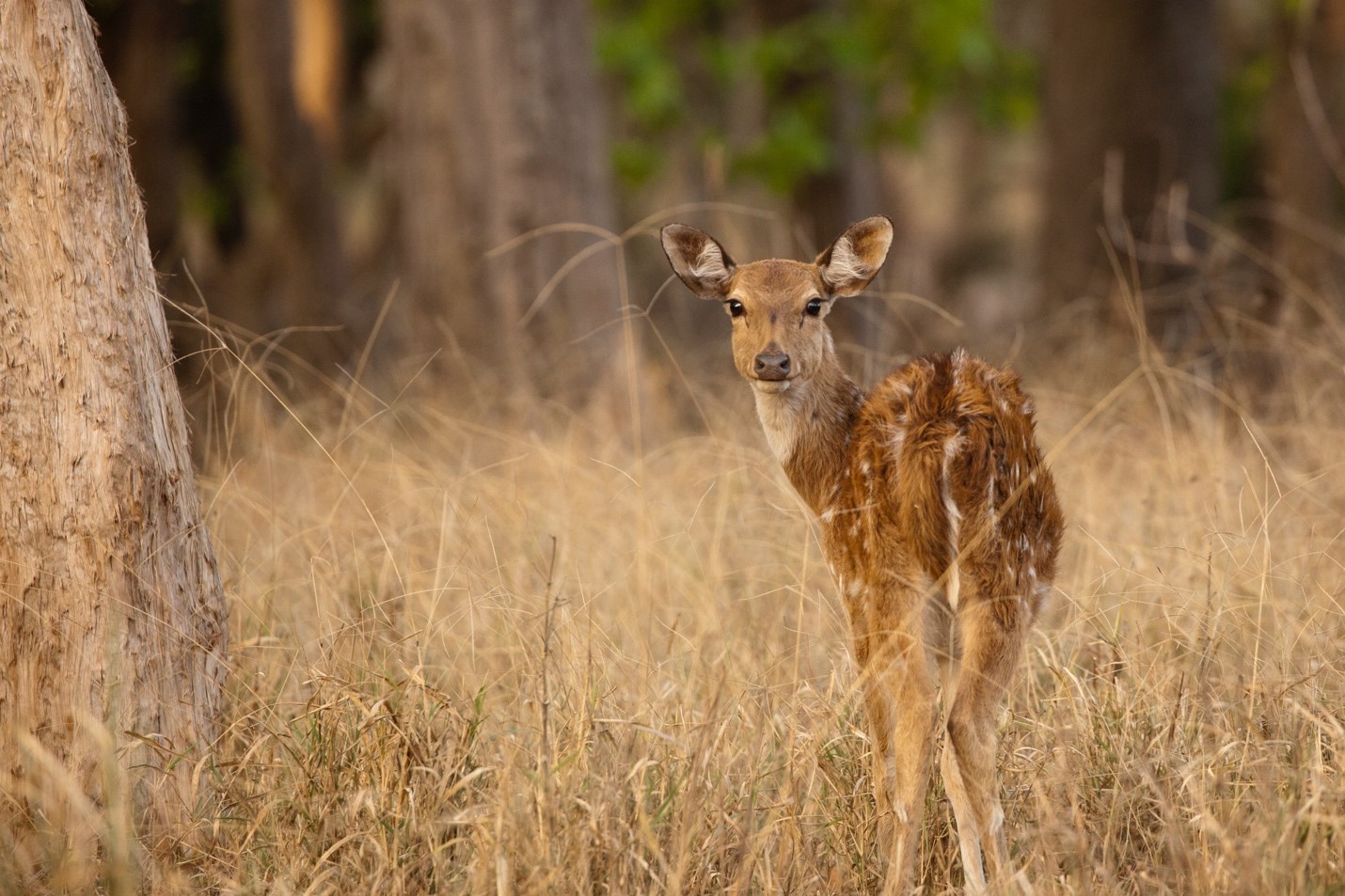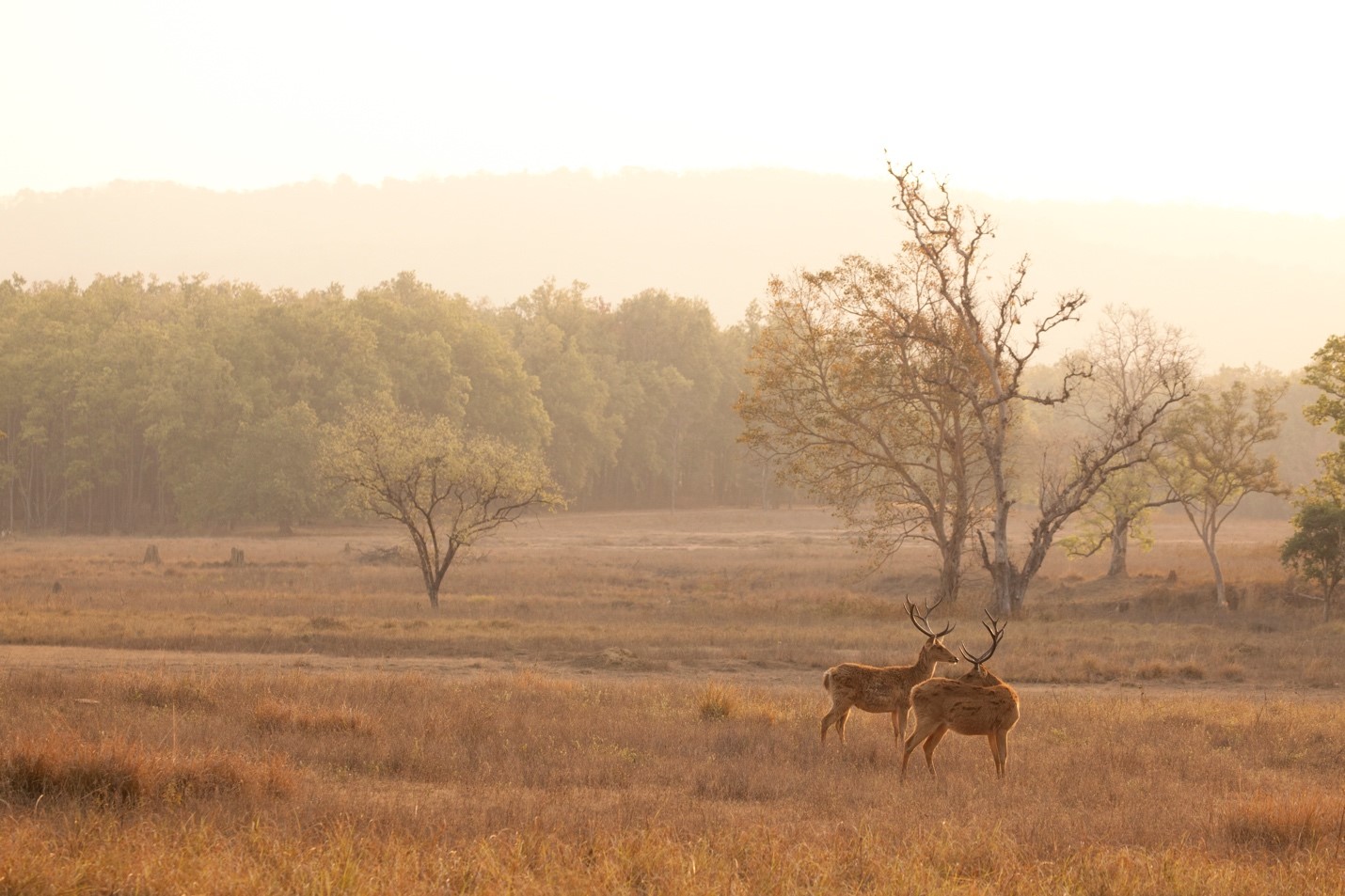
Three tips for Photographing Wildlife in India
Although the word “safari” often conjures up images of rolling hills and the savannas of Africa, a wildlife safari in India can be iconic and rewarding in an entirely different way. Picture centuries-old ruins juxtaposed with rampant jungle. Langur monkeys peer from ancient, crumbling aqueducts as you drive through mysterious landscapes. Around every corner lies the chance to witness any one of India’s incredible animals, from sloth bears to gaur to tigers. If you are a wildlife photographer, India MUST be on your list—not just for the fact that it’s teeming with exquisite wildlife, but more so that the flora and fauna are so foreign, they are infinitely photogenic.
Whether you are headed to India soon, or dream of one day photographing the wilds and wildlife of this sub-continent, read on for tips and tricks on how to maximize your photography in this enigmatic land.
Get ready for scrub and vegetation – Use it!
One of the best ways to minimize the distraction of profuse vegetation in your wildlife photography is to engage in the shallowest depth of field possible.

Not only does a shallow depth of field help direct the viewer to the animal you’re trying to feature, but it also helps “create a mood” to your photography. Searching for and photographing wildlife isn’t like photographing in a zoo. These are wild animals in wild landscapes, and the search is part of the exhilaration.

Using a shallow depth of field gives the impression that the animals are indeed secretive and elusive, and each sighting is something really special. And this is 100% the case!
To achieve this, choose a telephoto with a small f/number. While most lenses don’t go lower than f/5.6, some very special ones can get down to f/4 and some even f/2.8. These f/4 and f/2.8 lenses are often specialty lenses, and they can be quite heavy, expensive, and without zoom capabilities, but they WILL produce the best photos while on safari.
And remember, WHERE you focus matters. Make sure to put on “spot focus” on your camera and focus right on the animals face (focus on the eyes is best) and then recompose the shot to make for an interesting composition.
Be infinitely patient
Channel your inner Mr. Miyagi and allow your photo expedition leader to dictate where you go, where you wait, AND for how long. Some of my very best photos of India’s wildlife have been after sitting patiently at a watering hole, hearing distress and warning calls from deer, and waiting for a tiger to emerge from the thickets.

This particular time we were waiting in a hot jeep for the entire afternoon, knowing this was our best chance of seeing one of Kanha National Park’s tigers, only to get the show of a lifetime with young-ish male tiger emerging from the water.
And further proof that patience is a virtue, moments later we got an exquisite sighting of a sloth bear, presumably waiting for the tiger to leave before showing itself.

Don’t skip “the small stuff”
When on an extraordinary safari to India, you’re likely to see the “big stuff” like tiger, and potentially even asiatic leopard and sloth bear. However, don’t let this consume you, as you will no doubt see other amazing animals like gaur (what many biologists agree is the ancestral wild version of today’s cattle), and many deer and other ungulates. While these may not be quite as “exotic” as leopards and tigers, they are oftentimes easier to find and more approachable in vehicle, yielding high quality photos.

These more common animals also present a great opportunity to work on “wildlife in landscape” style photos. While your classic fill-the-frame style of shot can be extraordinary when at close range with big animals, photographing interesting animals amidst beautiful landscapes is often regarded as equally if not more universally pleasing.

India offers so much for the nature and wildlife photographer. However, people often aren’t aware of the diversity of wildlife, nor the splendor of natural landscapes in India’s safari parks. Hopefully this gives you a taste of what is to come, as well as some helpful tips of what and how to photograph the amazing fauna of India.
Go forward and give it a shot!

Court
Leave a reply